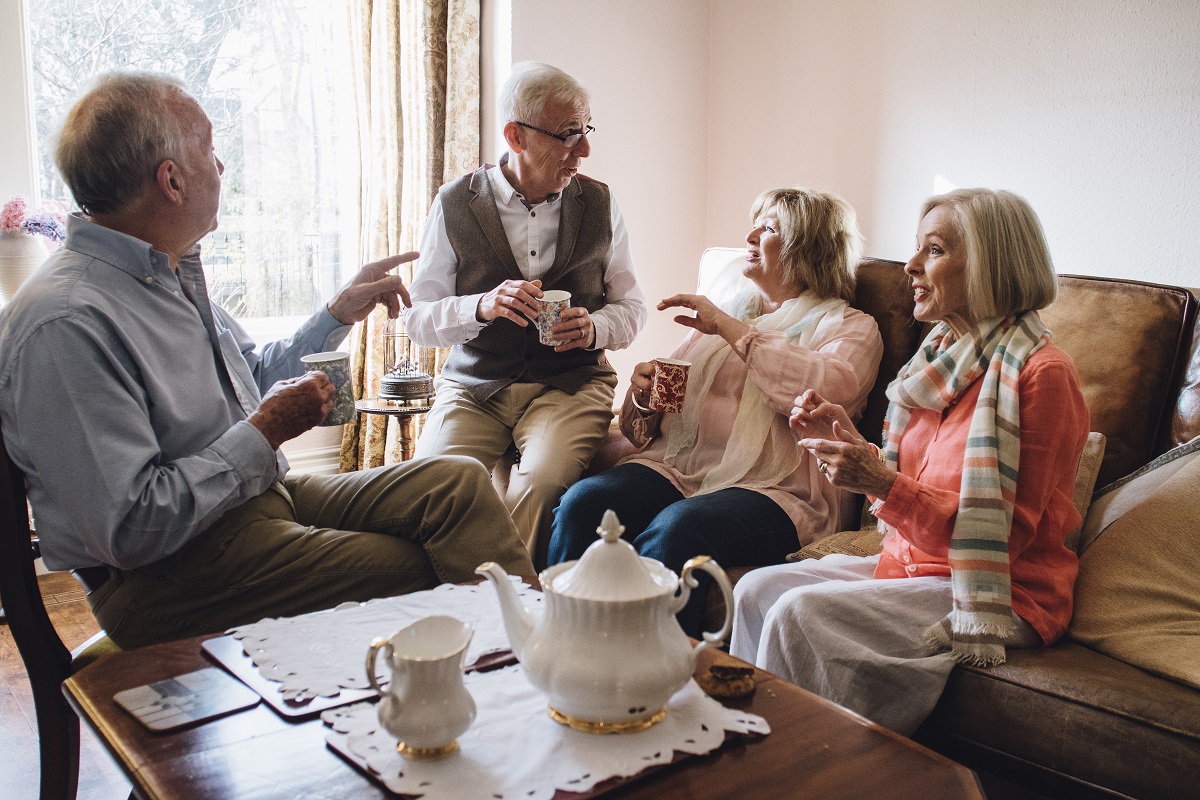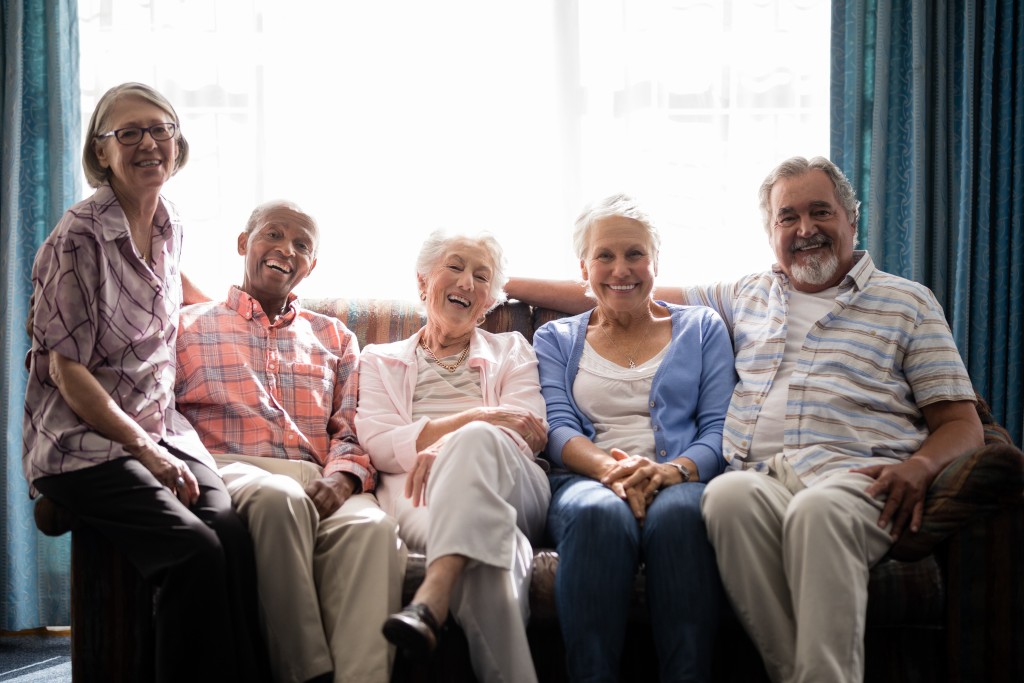In 2020, according to the Statista Research Department, 16.9 percent of Americans were 65 years old or older, the highest percentage of seniors in the American population since 1950. The rate of increase is also notable since only eight percent of the population were aged 65 and above in 1950. Projections expect the percentage of the elderly in the U.S. to continue increasing in the coming years, to reach 22 percent in 2050.
Estimates from the U.S. Census Bureau’s National Demographic Analysis show that the number of people aged 55 and above grew by 27 percent between 2010 and 2020, while the entire country’s population grew by only 1.3 percent.
Baby Boomers, born from 1946 to 1964, are estimated to number 73 million at present. The first batch turned 65 in 2011 and is 75 years old this year. By 2030, the youngest batch will be 65 years old and the oldest will be 84 years old. This will mean 20 percent of Americans will be retiring.
In contrast, the U.S. birth rate has been declining since 1990. Families with higher incomes have lower birth rates than families with lower incomes.
The annual population growth rate from July 1, 2019 to July 1, 2020, according to the Census Bureau, was 0.35 percent, the lowest since the last recorded figures in 1900. By 2034, the Census Bureau forecasts that for the first time in U.S. history, there will be more older adults than children under age 18.
There will be a great strain on the economy as not enough young people enter the workforce while many retire. There will not be enough sources of support for a growing population of retired seniors.
Care and Housing for the Elderly

With fewer people having children, many of the elderly will have no one to look after them. Unfortunately, a survey sponsored by the U.S. Department of Housing and Urban Development for the Census Bureau shows that only 10 percent of homes in the country have the features needed for elderly living.
One-fourth of the elderly reported having difficulty in navigating steps and stairways. The second area they have problems with is the bathroom. The Centers for Disease Control and Prevention (CDC) reports that more than 50 percent of bathroom injuries are from using the shower and accessing the bathtub.
Every day, one elderly person falls every second in the U.S., totaling some 30 million elderly people falling every year. The CDC states that 20 percent of these falls result in serious injury, costing over $50 billion per year.
Sad to say, most homes have steps in the entry, do not have a bedroom and toilet and bath on the first floor, and do not have bathroom handrails or a shower seat. These are the homes of 11 million American elderly who have much difficulty walking or climbing stairs, and almost four million who find it difficult to bathe or dress. Seven million may have such homes but find it difficult to live on their own.
There will, therefore, be a growing need for health services, caregivers, or assisted living homes across the country. According to Business Insider, the forecast is that the home care market will grow to $225 billion in 2024 from $100 billion in 2016.
Catering to the Elderly
There are many services that you can offer to help the elderly, from those who are living independently to those in care homes. Keep in mind that these services, while being a business, must responsibly assist them to achieve health and wellness.
For those who are living on their own, a meal planning and delivery service based on their specific health needs will save them from having to shop for groceries and cook for themselves. You must ensure that all their dietary requirements are fulfilled using fresh and healthful ingredients.
Providing exercise coaching based on the individual elderly’s fitness level and medical history is also an important service. Some old people will not have the motivation to exercise by themselves but having company will give them an incentive to do so.
You can put up an online retail store supplying goods for the elderly, such as soothing aromatherapy liniments, soaps and skincare products for aging skin, stylish clothing that is easy to put on and take off, memory games, hobbies, crafts, and many more.
Aging Well
The same rapid aging is happening to the entire world population, as well. The forecast is that there will be more than three million people in the world aged 100 years old or more in 2050. In the U.S. and around the world, we need to act now to prepare ourselves for this future.
The extended lifespan of people is the effect of improved health care worldwide. We must make sure that the elderly will stay healthy and active longer to have a better quality of life and more independence. The cultivation of healthy habits must begin among all ages right now so that it becomes second nature as we all age.

